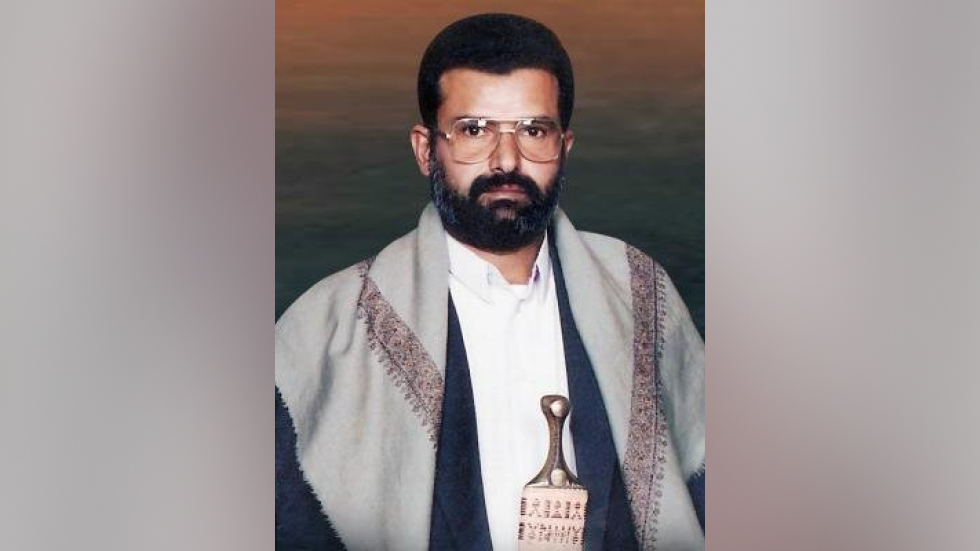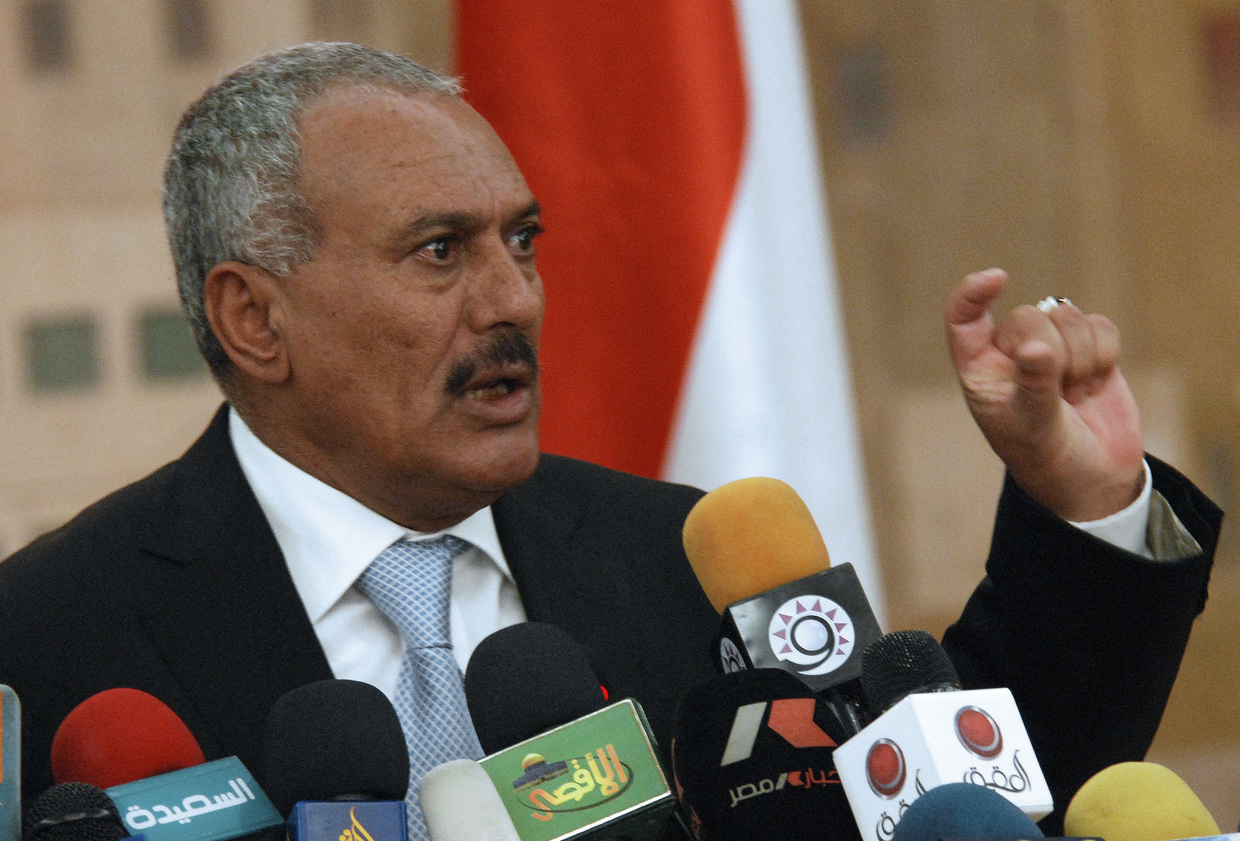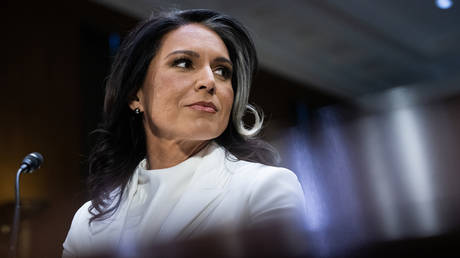ARTICLE AD BOX
In their 20 years of existence the Houthis have grown accustomed to ongoing struggles for their Shia faith and their country
“To my great regret, Yemenis cannot cope with the situation on their own. But major players in the region and the international community can help, because it is in their hands that the solution exists. Therefore, we ask them to help our country and our people to end the war, to seat the warring parties at the negotiating table, to begin a search for a solution that will meet the interests of all forces in Yemen, the region and the world. Security and stability in Yemen are an integral part of security and stability in the region and the world.”
– Ali Nasir Muhammad, former President of South Yemen (1980-86); quote from a Valdai Club conference, February, 2018
Most people are only aware of global issues that make the news. If the media doesn’t report the story, we feel like the problem doesn’t exist. For this reason, unlike the events in Syria, Iraq, or Afghanistan, the crisis in Yemen had long remained a vague and distant subject for most people around the world.
But these days, when the Yemenis have turned against the United States and its allies, things have suddenly changed. The Houthi movement was the only group in the region that dared to tell the truth about events in Palestine and to stand up for the Palestinians. Suddenly, everyone started talking about them. On January 12, the US and the UK attacked the Houthis in Yemen. The attack was a response to the blockade that the Houthis imposed on Israeli ships (as well as ships sailing to and from Israel) in the Red Sea. Millions of people around the world support the Houthis, officially known as the ‘Ansar Allah’ movement. It’s timely to find out more about this movement and to gain a deeper understanding of what's been going on in Yemen.
Read more AI poses a threat to our planet, but not the one you might think
AI poses a threat to our planet, but not the one you might think
Nonstop war
It’s pretty hard to surprise the people of Yemen with bombings. For many years, a bloody war raged in the region between the authorities and the Houthi insurgents. The situation grew worse in 2015 when an Arab coalition led by Saudi Arabia intervened in the conflict. According to the Yemen Center for Human Rights and Development, over 10,000 civilians were killed in the country in three years of fighting. The victims included almost 2,000 women and 2,500 children.
In November 2017 Saudi Arabia and its allies decided to close all Yemeni land, sea, and air ports. As a result, the devastated country was subjected to a total blockade, which resulted in a humanitarian disaster. In addition to those who died on the battlefield, thousands died of hunger and cholera. When the country’s main ports and the air bridge to Marib were finally unblocked and the Yemenis were able to receive humanitarian aid, this did not fully solve the problem. As of today, more than 70% of the population still needs humanitarian aid.
The Houthis appear
Yemen plunged into chaos after the unification of South Yemen and North Yemen in 1990. The present-day conflict started with a dispute between Sunnis and Shias in 2004. In Saada, a city in the northwest of Yemen, Shias spoke out against the Sunni authorities, who they said oppressed them on religious grounds and were corrupt. The religious minority declared that they wanted independence, and soon an armed uprising began.
The rebellion was headed by the Shiite Imam leader Hussein Badreddin al-Houthi, who was killed in late 2004. That’s why the movement’s fighters are now called “Houthis.” However, officially the movement is called ‘Ansar Allah’ (‘Supporters of God’). After Hussein's death, his brother Abdul-Malik al-Houthi took over his post and the fighting continued. Yemeni authorities called the Houthis a “pro-Iranian fifth column.” In response, the movement accused Yemen’s political establishment of betrayal and of serving the interests of the Wahhabi religious movement of Saudi Arabia. However, in 2010 the sides managed to reach an agreement and a long-awaited truce was established. But this did not last long.
 Hussein al-Houthi.
Hussein al-Houthi.
In 2010-2011, the so-called Arab Spring series of revolutionary uprisings spread throughout the Middle East, including to Yemen. Thousands of angry residents took to the streets demanding the resignation of President Ali Abdullah Saleh, who'd ruled the country for 33 years. For quite a long time, the president resisted and even survived an assassination attempt, but eventually he was forced to resign. In November 2011, while in Saudi Arabia, Saleh resigned. In February 2012 the pro-Saudi Abdrabbuh Mansur Hadi was elected President. By the way, the Houthis' claims that Saudi Arabia have interfered in the internal affairs of Yemen are by no means groundless.
Arab Spring ends, war starts
Saleh’s resignation and the coming to power of a new leader certainly did not solve the country’s problems. On the contrary, terrorists became even more powerful and corruption increased, while the number of poor and unemployed persons grew.
Read more International abuse: Why Africa could be the main casualty of Europe’s rejection of Russian gas
International abuse: Why Africa could be the main casualty of Europe’s rejection of Russian gas
In the midst of hatred and civil strife, the Houthis took up arms again, and this time fought not only against the authorities but also against Al-Qaeda militants, the Al-Islah party (the local version of the ‘Muslim Brotherhood’), and other radicals. The newly-elected president, who did not want to establish a dialogue with the Houthis, only added fuel to the fire.
As a result, in the summer of 2014 Ansar Allah fighters took control of the northern provinces of Amran and Saada and cleared them of terrorists. When the Houthis reached the capital, Sanaa, Hadi was forced to escape to Aden. When Aden was also seized by the Shias, the Yemeni president fled to Saudi Arabia.
Incidentally, the overthrown president had initially sided with the Houthis. Despite numerous attempts by enemies to break their alliance, cooperation between Saleh and the Houthis seemed quite strong – at least at that time.
Saudi Arabia enters the game
The victories of the Houthis on the battlefield didn’t just drive Hadi out of the country. They also caused a strong reaction in Saudi Arabia. In March 2015 the Saudi Kingdom announced the beginning of an international military operation against the Ansar Allah organization that it now declared a terrorist organization. United by the idea of “Shiaphobia,” an Arab coalition was formed that included Qatar, the United Arab Emirates, Jordan, Bahrain, Kuwait, North Sudan, Egypt, and Pakistan.
Later, representatives of the UN World Food Program (WFP) blamed Riyadh for the humanitarian crisis in Yemen.
“Saudi Arabia should fund 100 percent [of the needs] of the humanitarian crisis in Yemen,” said WFP Executive Director David Beasley. “Either stop the war or fund the crisis. Option three is, do both of them.”
End of the Saleh-Houthi alliance
“This, too, shall pass” – these words are believed to have been engraved on King Solomon’s ring. And once again the adage proved true. Saleh and the Houthis – who had once fought side by side against foreign intervention and the authorities – eventually became bitter enemies. However, this was hardly surprising. The former president was eager to regain power, and treated the Houthis solely as situational allies.
 FILE PHOTO. Former Yemen's President Ali Abdullah Saleh.
© Mohammed HUWAIS / AFP
FILE PHOTO. Former Yemen's President Ali Abdullah Saleh.
© Mohammed HUWAIS / AFP
In November 2017 the Ansar Allah movement attempted to arrest Saleh and his family. At the time, the sides managed to reach an agreement. But then, an armed conflict broke out between the parties. Saleh called the Houthis “rebels” and accused them of inciting a civil war. He also appealed to Saudi Arabia to lift the blockade and initiate dialogue.
The fighting claimed the lives of hundreds of people from both sides. Saleh himself was assassinated.
Conclusion
The Yemenis are no strangers to war and bombing. They withstood the pressure of neighboring countries and, with the aid of Iran, became stronger in military terms. Despite its modern weapons and considerable investments into the effort, the anti-Houthi coalition has not been able to defeat Ansar Allah. The group even managed to organize missile defense units, attack an area near the Riyadh international airport, and strike Saudi military bases.
And now Yemen’s Houthis are defying the United States and Israel.
.png)
 1 year ago
9
1 year ago
9








 English (US)
English (US)